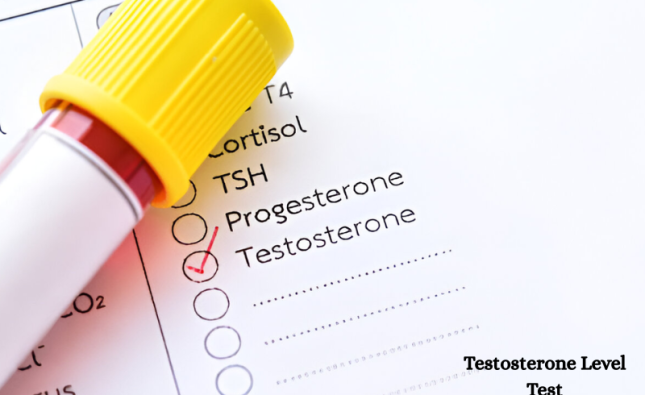
Toxic masculinity refers to harmful and restrictive societal expectations placed on men, often characterized by the suppression of emotions, dominance, aggression, and the devaluation of femininity. It is important to recognize that toxic masculinity does not imply that all men are toxic or that masculinity itself is inherently negative. However, understanding toxic masculinity and its impact is crucial when discussing violence against women. Here’s why:
- Power and Control: Toxic masculinity perpetuates a power dynamic that reinforces men’s dominance over women. It promotes the idea that men should exert control and power in relationships and society, often at the expense of women’s autonomy and well-being. This power imbalance can contribute to violence against women, as some men may feel entitled to exert control through abusive or coercive behaviors.
- Aggression and Violence: Toxic masculinity often associates strength and masculinity with aggression and violence. Men who conform to these ideals may resort to violence as a means of asserting their dominance or resolving conflicts. This can manifest in various forms, including physical, emotional, or sexual abuse towards women. Toxic masculinity contributes to a culture that tolerates or normalizes such behaviors, making it difficult to challenge and address violence against women.
- Emotional Suppression: Toxic masculinity discourages men from expressing vulnerable emotions or seeking help when needed. It promotes the notion that men should be tough, independent, and stoic. This emotional suppression can have detrimental effects on mental health and interpersonal relationships. In the context of violence against women, it can lead to an inability to address underlying issues or seek support, further perpetuating harmful behaviors.
- Objectification and Sexualization: Toxic masculinity often objectifies women, reducing them to sexual objects and reinforcing harmful stereotypes. This objectification contributes to the normalization of sexual harassment, assault, and rape. When women are seen as objects of desire rather than autonomous individuals, it diminishes their agency and increases the likelihood of violence being perpetrated against them.
- Peer Pressure and Conformity: Toxic masculinity can create social pressure for men to conform to traditional gender roles and expectations. This pressure can lead to the suppression of individuality and the perpetuation of harmful behaviors. Men may feel compelled to engage in or condone acts of violence against women to gain acceptance or prove their masculinity within their peer groups.
- Intersectionality: It is important to acknowledge that toxic masculinity intersects with other forms of discrimination, such as racism, homophobia, and transphobia. The effects of toxic masculinity can be amplified for marginalized communities, further perpetuating violence against women from these backgrounds. Intersectional analysis is essential to understanding the complexity of these issues and developing comprehensive solutions.
- Challenging Toxic Masculinity: Challenging toxic masculinity is crucial for combating violence against women. It requires promoting healthier and more inclusive definitions of masculinity that embrace empathy, emotional intelligence, and respect for all genders. Education, open dialogue, and promoting positive role models can help dismantle harmful gender norms and encourage healthier expressions of masculinity.
In conclusion, toxic masculinity plays a significant role in perpetuating violence against women. Understanding the impact of toxic masculinity is crucial for addressing and preventing such violence. By challenging harmful societal expectations, promoting gender equality, and fostering respectful and equitable relationships, we can work towards creating a society where violence against women is not tolerated, and all individuals can thrive.










